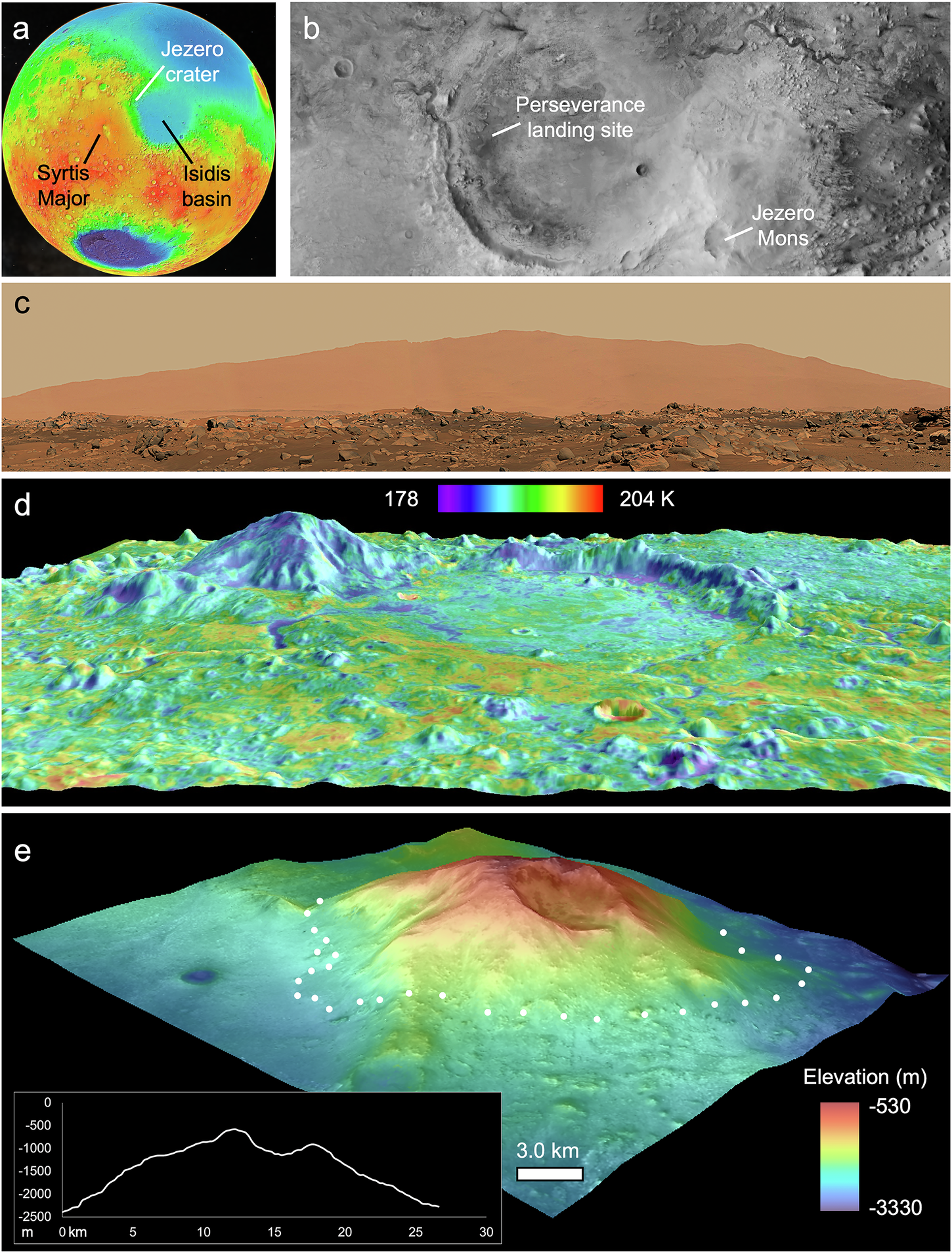2025-06-11 ノースカロライナ州立大学 (NC State)

Cover crops could be good investments for cotton farmers under certain conditions. “Cotton Field” by Spontaneous Chaos is licensed under CC BY 2.0.
<関連情報>
- https://news.ncsu.edu/2025/06/study-develops-optimal-cover-crop-adoption-thresholds/
- https://academic.oup.com/erae/advance-article-abstract/doi/10.1093/erae/jbaf018/8155804
動的に最適な被覆作物の導入 Dynamically optimal cover crop adoption
Le Chen , Roderick M Rejesus , Zachary S Brown , Christopher N Boyer , James A Larson
European Review of Agricultural Economics Published:31 May 2025
DOI:https://doi.org/10.1093/erae/jbaf018
Abstract
This paper develops a stochastic dynamic programming model to investigate optimal cover crop adoption policies, accounting for cumulative effects on soil fertility, uncertain future fertilizer and output prices, irreversibility of sunk machinery costs and flexibility in the timing of adoption over time. Based on data from a 35-year cotton field experiment in West Tennessee (1984–2018), we first estimate the static and dynamic yield effects of cover crop adoption and then use these estimates to evaluate the decision of a representative cotton farmer to adopt three cover cropping practices—hairy vetch, winter wheat and crimson clover—under conventional till and no-till production systems. Econometric estimates imply significant cumulative effects of cover crops on yields, as well as static and dynamic substitution effects between cover crops and nitrogen fertilizer inputs. With these substitution effects implying increasing marginal profit from soil fertility, our analysis suggests a threshold level of soil fertility level, above which it is optimal to adopt cover crops and below which it is not. Adoption of cover crops is more favored if no-till practices have been implemented. Moreover, in the presence of sunk costs that have not yet been incurred, the optimal strategy is to postpone the adoption of cover crops in both conventional till and no-till fields until crop prices improve, the cost of adoption decreases, or fertilizer prices increase. Our results also indicate that when fertilizer prices are higher, cover crop adoption in no-till systems can lead to substantial fertilizer cost savings, with the amount of those fertilizer cost savings increasing over time as soil health further improves.



